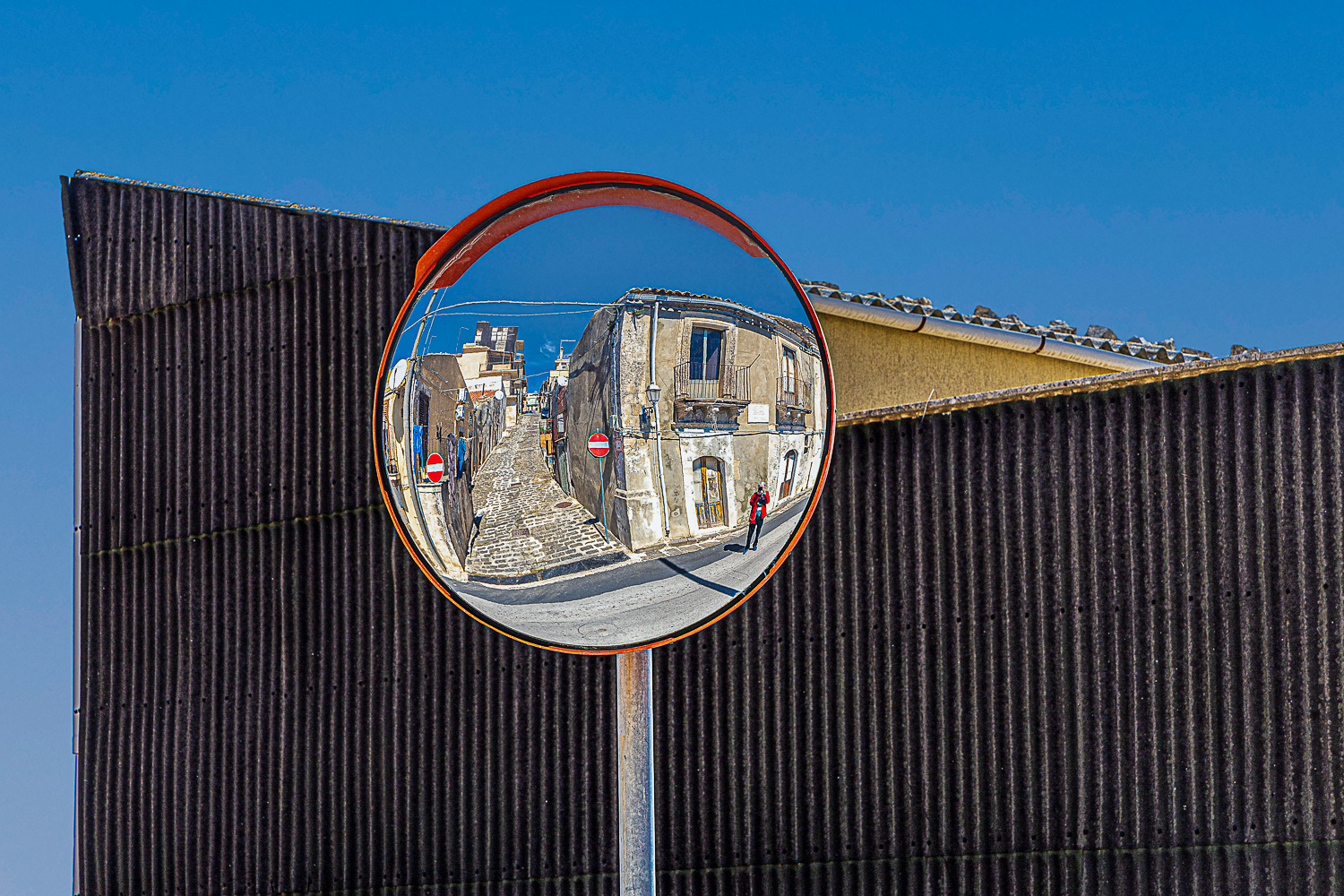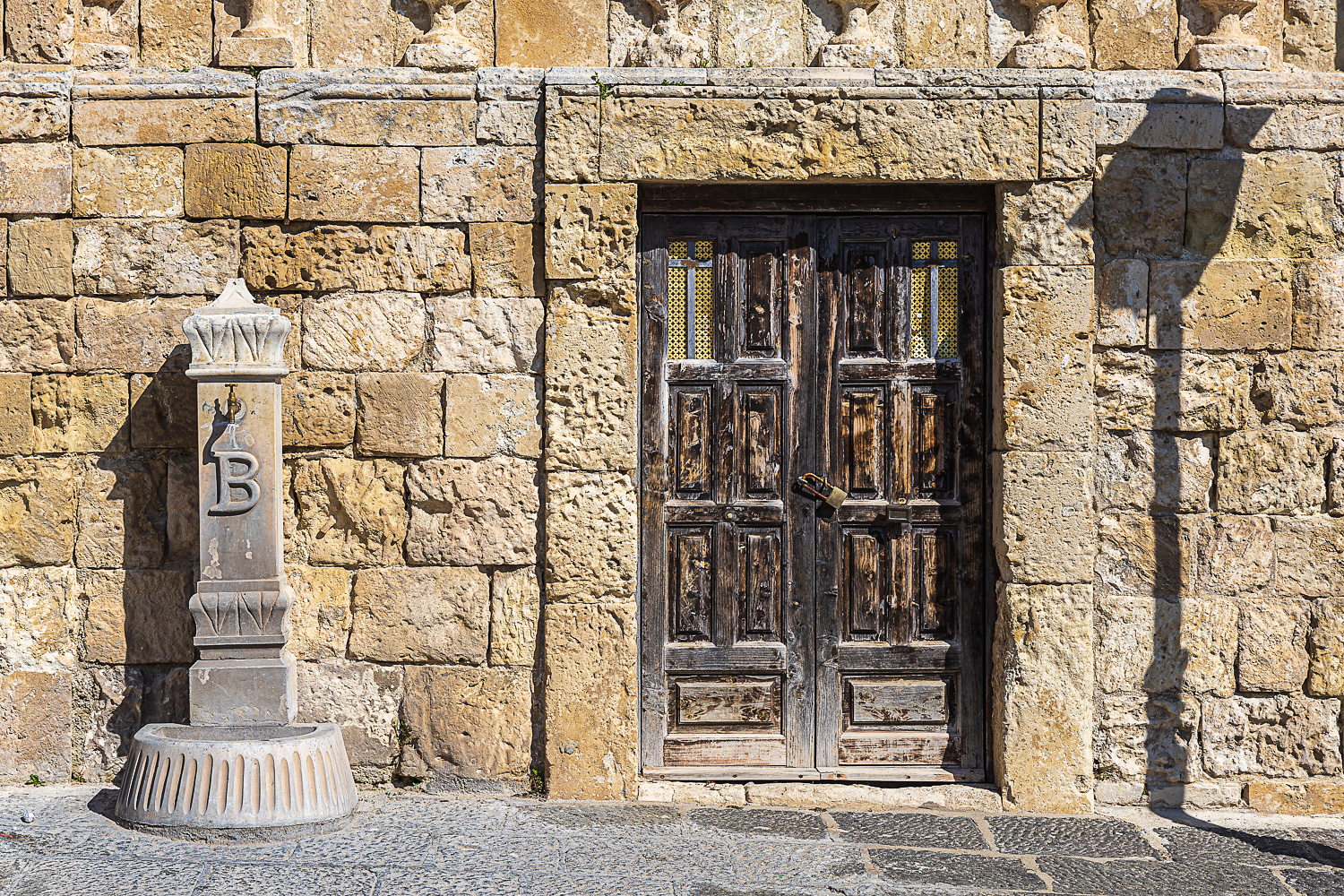The Italian diaspora of 1880-1920 had a significant impact on the population of Italy. This was driven by poverty and harsh conditions, especially in the south. An estimated four million people left Italy for the United States at that time, making Italians the single largest European national group to move to America. Since the 1950s, Italy’s growth rate has been declining due to a decrease in births, now at an all-time low, and an increase in the emigration of young people in search of job opportunities. Although the loss has been somewhat offset by an increase in foreign residents, the World Population Review reports that Italy is currently the fastest shrinking country in the world.

Population loss has been especially difficult for small towns, some of which have been offering foreigners 10,000 € to move there. Buscemi, located about 30 miles west of Siracusa, is one of many small towns that have lost a large portion of their population in the last 50 years. Its current population of 1025 residents is almost one-third less than its population in 1970.
We arrived in Buscemi by bus and started our tour with a walk around the old part of town. There were many empty streets, of course, but there were streets where parked cars marked the presence of residents. Although most of the buildings looked their age, some of the houses and shops were well maintained showing that residents still have pride in their town.
Mouse over the small photos in galleries to see captions.
Click on any one to enlarge, then use arrows to scroll through the rest of the images.
We came across a butcher shop and went inside to look around. The butcher was hard at work and there was a wide variety of cured meats in the coolers. A crucifix hung on the back wall over the shiny meat slicer. I wondered if this shop had much business in such a small town, but we were told that some of the regular customers come from other nearby towns. Our guide purchased some sausage, which he had sliced for us to share.
Though the streets were empty, we did enjoy meeting a few residents as we passed their homes. Since we didn’t speak Italian, our guide chatted with them and let us know what they talked about. We could at least say “Ciao!” As you can see in the photos below, we met a woman working in her garden, a woman on her balcony, and a woman with her daughter and two grandchildren. The local cat also showed up to see what we were doing.
Unlike other small towns, Buscemi is unique in that it is home to an ethno-anthropological musuem comprised of homes scattered around the old part of town that farmers, blacksmiths, shoemakers, laborers and other typical workers lived in at that time. This provides an immersive experience that cannot be duplicated in a modern museum diorama. One building had rooms displaying clothing, objects of wood and stone, art work and other items from festivals that were held at the time. Some items were even made of bread dough.
And finally, from the point of view of someone wandering around with a camera, there were a myriad of things that caught my eye. I could have spent days there, but we only had hours, so let me finish with a variety of images from around the town. Plants, flowers, signs, old windows and doors always seem to speak to me. Even in Italian I could understand. I guess photography is an international language.

<— The Road to Siracusa (Sicily Part 4) :: (Sicily Part 6) The Really Old Days in Siracusa —>